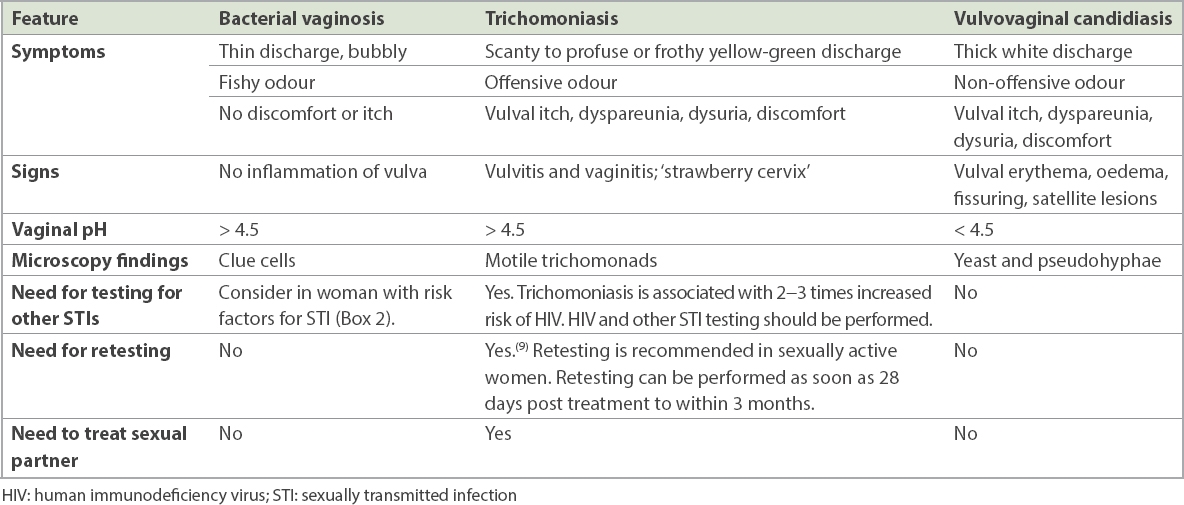
If you have any changes in your menstrual cycle or experience a vaginal discharge, you should visit a doctor immediately. There are several medications available, including topical, injectable, and oral treatments. The most common types of these treatments are metronidazole and tinidazole, which are both used to treat bacterial vaginosis and trichomonas infections. You should follow the instructions carefully and take the medication for as long as it is recommended. Using a speculum helps your doctor look at the cervix and vaginal walls.
Some women experience a recurring discharge every month, which can be a sign of a bacterial infection. Most vaginal discharges are a result of a yeast infection, which can be treated with over-the-counter medication. Other causes of vaginal discharge require prescription medications, and the prescribed medications must be taken for the entire course to be effective. In addition to over-the-counter remedies, doctors often prescribe prescription medicines to treat bacterial infections.
A proper diagnosis is essential for a proper vaginitis treatment. Different types of vaginitis have similar symptoms, so it is important to note the symptoms and describe the type of discharge you are experiencing. If the discharge is bloody or has a yellow or a white color, you probably have a yeast infection. A physician may recommend an antifungal medication called clindamycin. It is also effective in preventing a recurrence of the symptoms.
Many women also try douching to reduce their symptoms, but this is not a safe option. Douching can disturb the natural environment of the vagina and can aggravate the condition. Most doctors advise women to avoid this unless it is absolutely necessary. The mainstay of vaginal discharge treatment is the use of antibiotics and antifungal drugs. These drugs can be applied topically or injected directly into the vagina.
Some women experience a vaginal discharge as a result of a yeast infection. The resulting liquid or semi-solid vaginal discharge is a common indicator of an infection. Most women experience a small discharge as a result of their menstrual cycle. While a woman’s menstrual cycle determines this discharge, the type of vaginal fluid is not the same for every woman. This can be a signal of an infection.

Symptoms of bacterial vaginosis may vary. Most women experience an increase in the amount of discharge they produce during their menstrual cycle. During a woman’s monthly period, her discharge will be a dark gray, greenish color. In some cases, it will be red and irritated. A patient may also have a fever. If you suffer from bacterial vaginosis, your doctor may prescribe an antibiotic for the condition.
If the symptoms of vaginal discharge are not accompanied by fever, a doctor may prescribe a medication for the infection. Although there are many over-the-counter and prescription treatments for this problem, it is important to seek medical attention if the discharge persists for more than a week or is more severe. If the discharge is due to a yeast infection, it is recommended that you seek medical attention. Symptoms of a yeast infection include a whitish or white odor and an itchiness.
If your vaginal discharge is accompanied by a odor, it is considered an abnormal discharge. The discharge can also be itchy and burning, which can be uncomfortable. A woman who experiences this problem should be checked by a healthcare provider. A doctor can prescribe a medication for vaginal discharging, which will help her manage the symptoms. It is important to understand that some women with BV have reduced lactobacilli in their vagina.
If the symptoms of vaginal discharge are not bacterial, a doctor may prescribe an antibiotic. This will prevent the formation of harmful bacteria. Symptoms of a bacterial infection can range from a thick discharge to pain and bleeding. A woman with a bacterial infection can be at risk of developing a serious health condition. Fortunately, there are several over-the-counter drugs available for vaginal discharge.
The symptoms of bacterial vaginosis can be caused by tiny protozoa in the vagina. If you have this infection, you may experience itching and burning during urination. The discharge may be accompanied by other symptoms, such as nausea and vomiting. If the infection is bacterial, a medication can help with these symptoms. In most cases, it will take a few days before the symptoms will clear up, but it’s important to keep taking the medicine as directed by your doctor.

